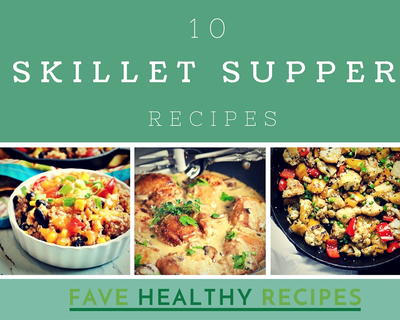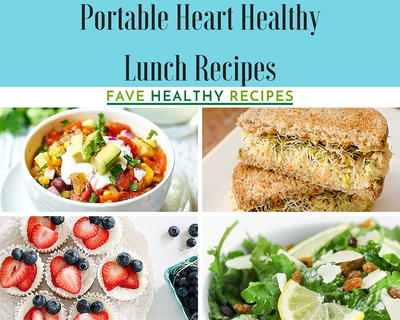Diet and Healthy Eating Glossary
Diet and Healthy Eating Glossary
It’s hard enough trying to navigate the thousands of diets out there, but to make matters worse, they are always mixed up with medical and nutritional speak. And while this information is meant to help dieters, it often ends up confusing or frustrating them instead. We’ve compiled this diet and healthy eating glossary as a one-stop shop for all your diet and nutritional information needs. We’ll be adding new terms all the time, so check back or let us know if there is something you’re looking for!
B Vitamins – B Vitamins are important for maintaining healthy skin and muscle tone, enhance your immune system and supporting and increasing the rate of your metabolism. Some common foods that are high in B vitamins are low-fat yogurt, bananas and tuna.
Fiber – Foods that are high in fiber take longer to digest, therefore releasing energy in your body over a longer period of time than foods low in fiber. Fruits, veggies and whole grains are all high in fiber.
Foods for good digestion – If you have good digestion, you will have more energy. Some things that are good for digestion (and are easy to incorporate into a meal) are garlic, ginger, rosemary, cinnamon, chili and pepper.
Glycemic Index –The glycemic index is a measure of carbohydrates on your blood glucose levels. Foods that are high GI foods (like white bread, soda and candy) break down quickly during digestion and release glucose rapidly into the bloodstream. In low GI foods, carbohydrates break down slowly, gradually releasing glucose into the bloodstream. Low GI foods like vegetables, fruits and milk, release energy slowly, giving you a longer-lasting boost than a quick sugar rush from a high GI food.
High-Fructose Corn Syrup - A processed sweetener found in everything from juice and cookies to pasta sauce, HFCS has been named a culprit in helping grow the obesity epidemic in America. HFCS raises your blood pressure and is high in calories, but does not leave you feeling full. It is recommended that you limit your consumption of foods containing large amounts of the product.
Omega-3 Fatty Acids – Omega-3s are a family of unsaturated fatty acids that are said to reduce the risk of heart disease. Common foods high in omega-3s include salmon, flaxseed and kiwi.
Saturated Fats - Saturated fats are found in animal products including whole milk, meat, ice cream and cheese. Saturated fats should be limited because they can raise LDL, the "bad" cholesterol.
Trans fat - Trans fat is actually another name for a type of unsaturated fat with trans-isomer fatty acids. Unlike other kids of dietary fats, trans fats are not essential to your daily nutrition and don’t promote good health. In fact, the consumption of trans fats can lead to coronary heart disease by lowering levels of good cholesterol and raising levels of bad cholesterol. Nutritionists and doctors recommend limiting the amount of trans fat intake to trace amounts. Trans fats are found naturally in milk and body fat of cattle and sheep. While that used to be the only type of trans fat, it now can be found in many processed foods, particularly snack foods, fast food, fried food and baked goods. So step away from that Krispy Kreme - for your heart’s sake!















